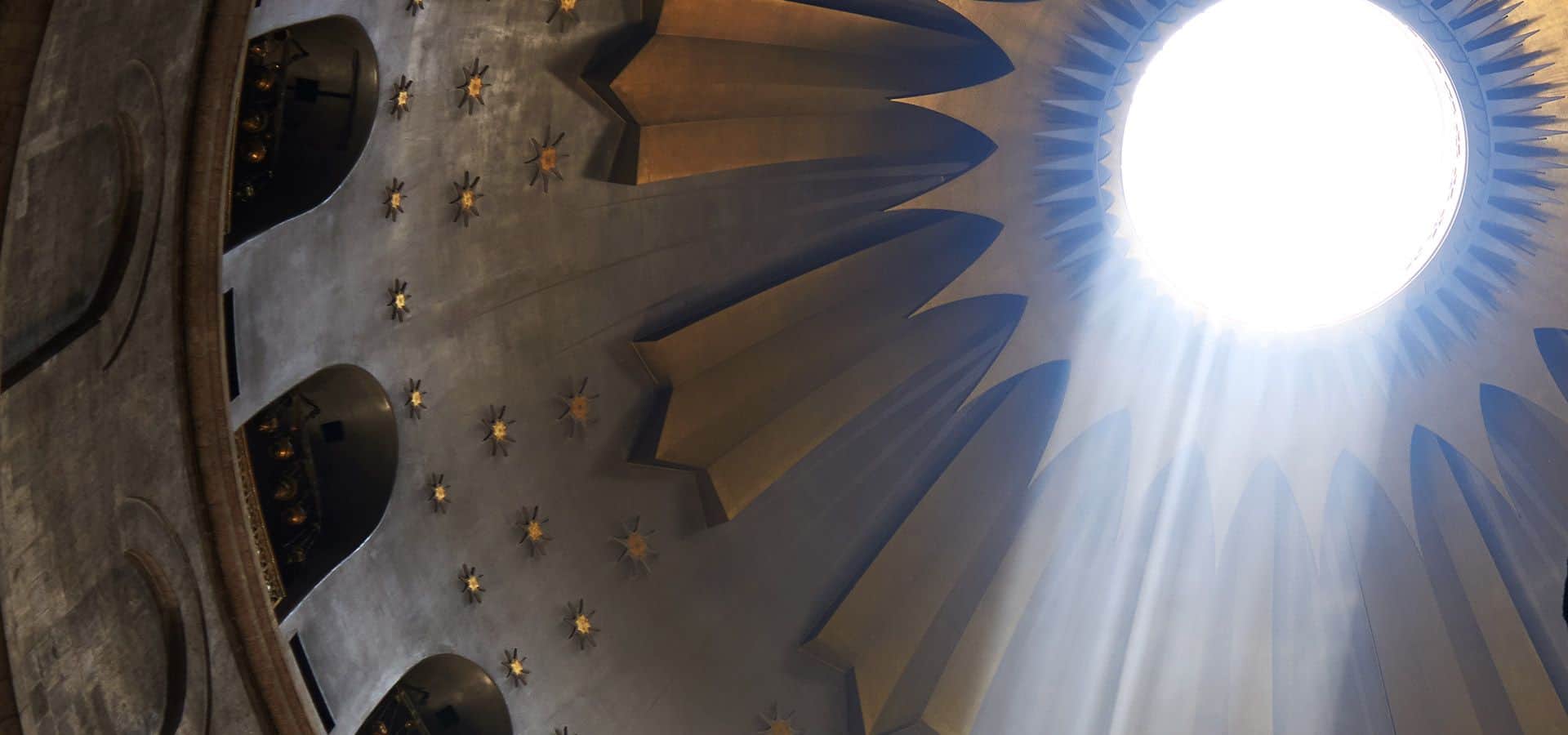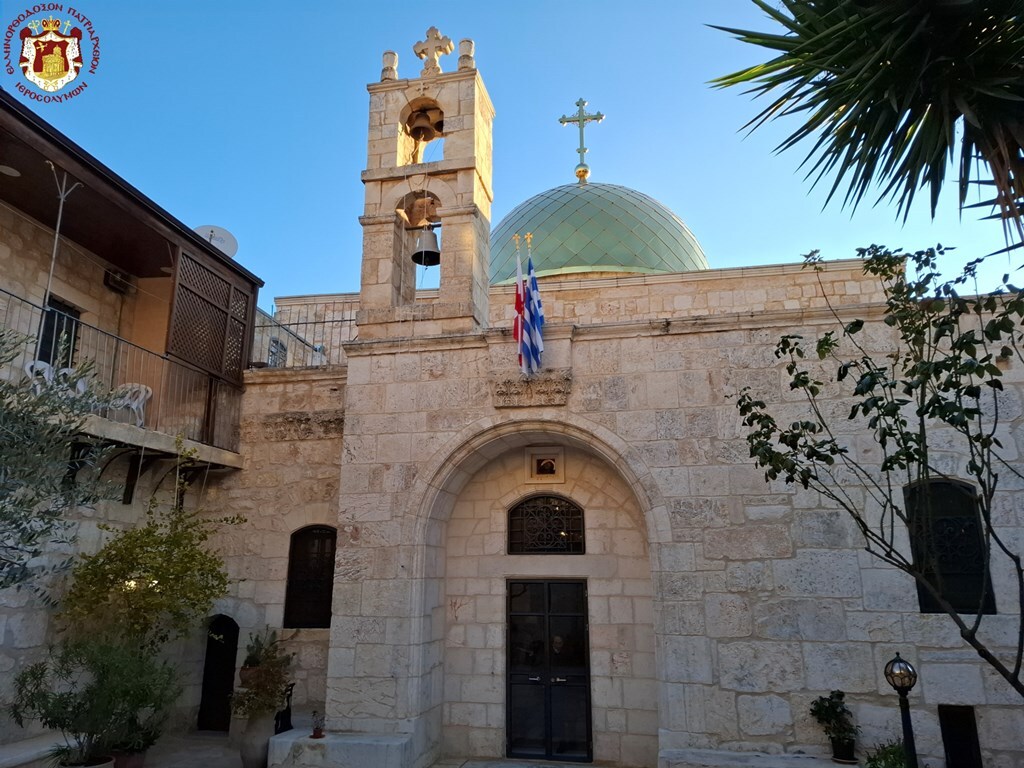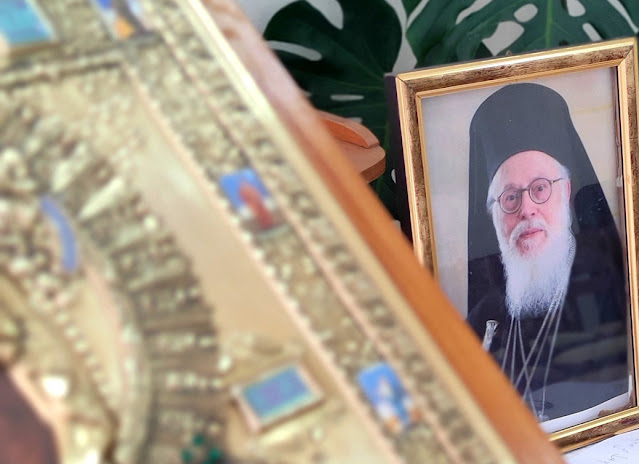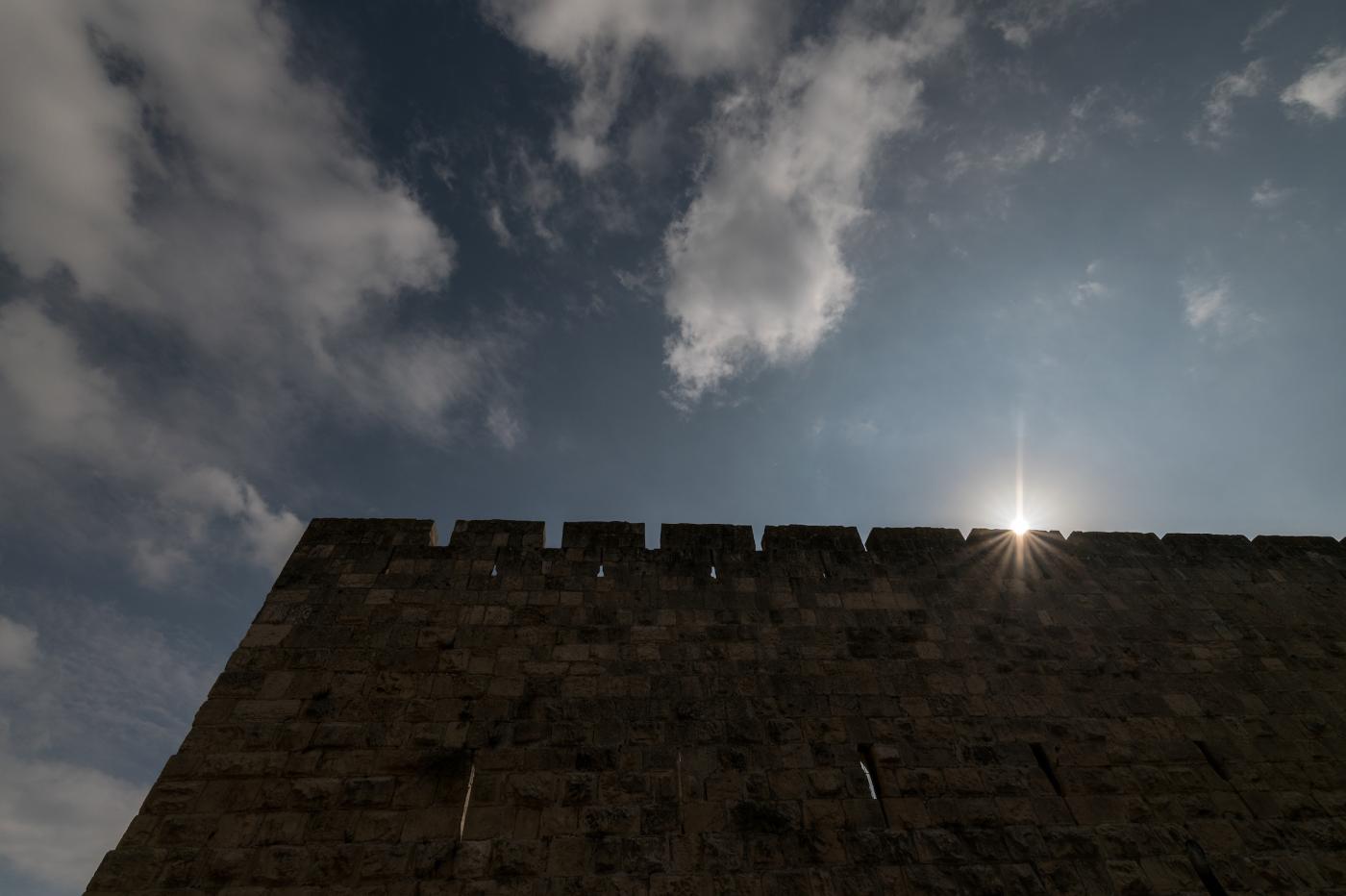Monastic Martyr Anastasius the Persian (22 January)
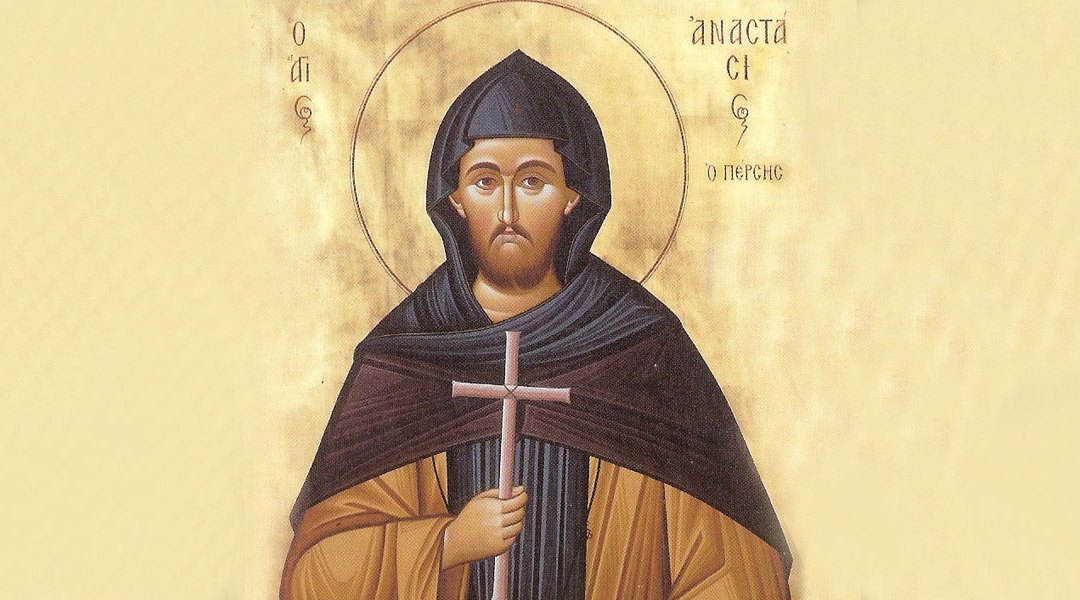

The Monk Martyr Anastasius the Persian was the son of a Persian sorcerer named Bavi. As a pagan, he had the name Magundates and served in the armies of the Persian emperor Chozroes II, who in 614 ravaged the city of Jerusalem and carried away the Life-Creating Cross of the Lord to Persia.
Great miracles occurred from the Cross of the Lord, and the Persians were astonished. The heart of young Magundates was inflamed with the desire to learn more about this sacred object. Asking everyone about the Holy Cross, the youth learned that upon it the Lord Himself was crucified for the salvation of mankind. He became acquainted with the truths of the Christian Faith in the city of Chalcedon, where the army of Chozroes was for a certain while. He was baptized with the name Anastasius, and then became a monk and spent seven years in one of the Jerusalem monasteries, living an ascetical life.
Reading the Lives of the holy martyrs, Saint Anastasius was inspired with the desire to imitate them. A mysterious dream, which he had on Great and Holy Saturday, the day before the Resurrection of Christ, urged him to do this.
Having fallen asleep after his daily tasks, he beheld a radiant man giving him a golden chalice filled with wine, who said to him, “Take this and drink.” Draining the chalice, he felt an ineffable delight. Saint Anastasius then realized that this vision was his call to martyrdom.
He went secretly from the monastery to Palestinian Caesarea. There he was arrested for being a Christian, and was brought to trial. The governor tried in every way to force Saint Anastasius to renounce Christ, threatening him with tortures and death, and promising him earthly honors and blessings. The saint, however, remained unyielding. Then they subjected him to torture: they beat him with rods, they lacerated his knees, they hung him up by the hands and tied a heavy stone to his feet, they exhausted him with confinement, and then wore him down with heavy work in the stone quarry with other prisoners.
Finally, the governor summoned Saint Anastasius and promised him his freedom if he would only say, “I am not a Christian.” The holy martyr replied, “I will never deny my Lord before you or anyone else, neither openly nor even while asleep. No one can compel me to do this while I am in my right mind.” Then by order of the emperor Chozroes, Saint Anastasius was strangled, then beheaded. After the death of Chozroes, the relics of the Monk Martyr Anastasius were transferred to Palestine, to the Anastasius monastery.
Saint Anastasius was a Persian by race, the son of a Magus, and a soldier in the Persian army in the days of Chosroes II, King of Persia, and Heraclius, Emperor of New Rome. The Saint’s Persian name was Magundat.
When Chosroes captured Jerusalem in the year 614 and took the Precious Cross away captive, Magundat heard the report of the miracles that came to pass through the Cross of our salvation. Being of a prudent mind, perplexed that an instrument of torture should be so highly honored by the Christians, yet seized with longing to learn their Faith, he diligently sought out instruction in the whole divine dispensation of Christ: His Incarnation, Passion, and Resurrection. When he learned what he sought to know, his soul was filled with wonder and joy. Withdrawing to the Holy City, he was baptized by Saint Modestus, Patriarch of Jerusalem, and became a monk, receiving the new name of Anastasius.
As he read the lives of the Saints and the accounts of the holy Martyrs, his heart was kindled with love for them to such a degree that he prayed to be counted worthy of a martyr’s end like unto theirs. Finally, unable to contain his longing, he left his monastery. Encountering certain Persian Magi at Caesarea, he rebuked them for their delusion. Since Palestine was still held in the captivity of the Persians, he was taken before the Persian ruler, questioned, beaten, and imprisoned. He was then taken with other captives to Persia, where, after many tortures, refusing to espouse again the error of his fathers, he was hanged up by one hand, strangled with a noose, and beheaded. The translation of his holy relics is celebrated on the 24th of this month.
Anastasius was a Persian by birth. His pagan name was Magundat. When Emperor Heraclius fought against the Persians, Magundat deserted to the Christians and went to Jerusalem, where he was baptized and received the name Anastasius. It was not enough for him to be baptized, but in order to give himself completely to serving the Lord, he was also tonsured a monk. Among his other ascetic labors, Anastasius joyfully read the hagiography of the holy martyrs, and in reading them, he moistened the book with his tears and ardently yearned for martyrdom. The Lord finally crowned him with a martyr’s wreath. In prison for a long time, he was cruelly tortured, until Emperor Chozroes pronounced the death sentence. Anastasius was then drowned, and, after removing him from the water, the executioner beheaded him and sent his head to the emperor. He suffered on January 22, 628 A.D., in the town of Bethsaloe near Nineveh.
Apolytikion of Martyr Anastasius the Persian
Fourth Tone
Thy Martyr, O Lord, in his courageous contest for Thee received as the prize the crowns of incorruption and life from Thee, our immortal God. For since he possessed Thy strength, he cast down the tyrants and wholly destroyed the demons’ strengthless presumption. O Christ God, by his prayers, save our souls, since Thou art merciful.
Kontakion of Martyr Anastasius the Persian
First Tone
With hymns let us, the faithful, sing Timothy’s praises as Paul’s divine disciple and faithful companion; with him let us also laud Anastasius the godly-wise, who shone forth with splendor like a star out of Persia and doth drive away from us our bodily sickness and spiritual maladies.
Source: oca.org / goarch.org / westserbdio.org

